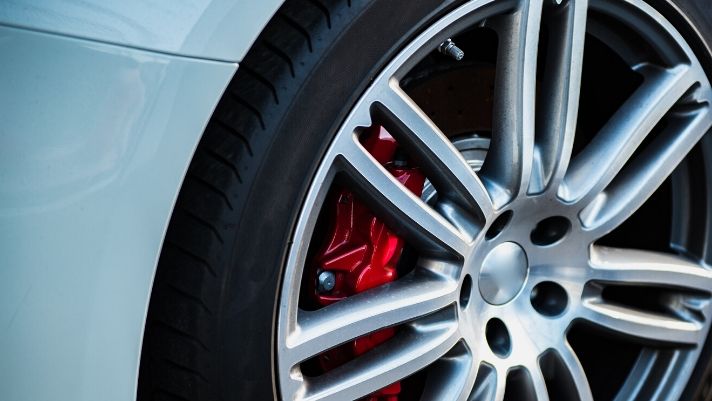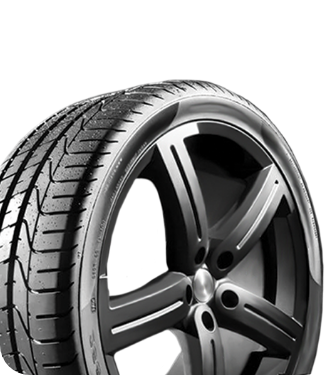

A Quick Guide to Tire Pressure Monitoring Systems (TPMS)
Misc. |One great innovation of modern cars is the tire pressure monitoring system. This electronic system makes it much easier for drivers to maintain their vehicle’s tire pressure, which is integral to vehicle safety and efficiency. Learn more in our quick guide to tire pressure monitoring systems (TPMS) below!
What the Tire Pressure Monitoring System Does
As its name suggests, the TPMS monitors the tire pressure of your vehicle’s tires for vehicle and driver safety. The TPMS is an electronic system that uses sensors or software to gauge the air pressure within each tire and provide real-time data to the vehicle and driver.
If the PSI of a tire falls out of the recommended PSI range of the vehicle, the TPMS will notify the driver that the tire is underinflated or overinflated and recommend adjusting the pressure immediately to avoid danger.
Indirect vs. Direct TPMS
There are two types of TPMS in vehicles: direct and indirect. An indirect TPMS measures the air pressure in tires with software rather than physical sensors in the tire. The indirect TPMS instead monitors air pressure via the car’s antilock braking system (ABS) by measuring the diameter of each tire. The smaller or bigger the diameter, the more or less air pressure within the tire.
A direct TPMS is more straightforward, as it instead uses hardware sensors in the vehicle’s tires to directly monitor air pressure. Most TPMS sensors are in the valve stem of each tire, which transfers air pressure information to the vehicle’s control unit and information system.
What It Means When Your TPMS Dashboard Light Comes On
The standard dashboard light for a TPMS is an exclamation point within a horseshoe-like shape, often with “TPMS” labeled alongside it. If the TPMS dashboard light of your car activates, it means at least one or more of your vehicle’s tires have fallen out of the recommended PSI range.
You shouldn’t panic if the TPMS light activates—a small delineation from the recommended range isn’t exceptionally dangerous, and you should have time to find a nearby gas station or air pump to adjust the tire pressure. If you adjust the pressure and the TPMS light is still activated, there may be an issue with the sensors.
Where To Get New Tires and Tire Maintenance Services
We hope our quick guide to tire pressure monitoring systems has been informative and helpful for drivers. If your vehicle’s tires can’t maintain air pressure and you need new tires in Lubbock, RNR Tire Express can help! Stop by one of our tire shops; we will fit your vehicle with new tires or perform one of our maintenance services to ensure they’re operating at peak capacity.





